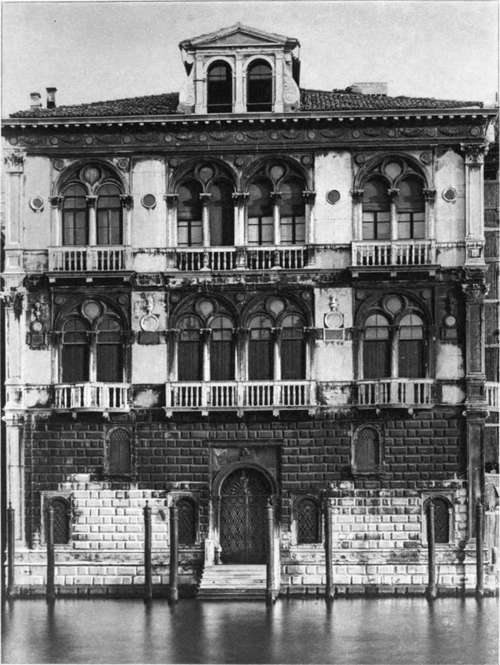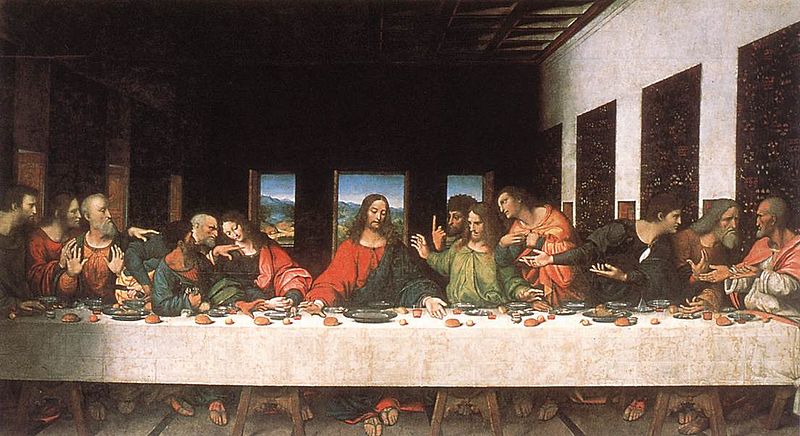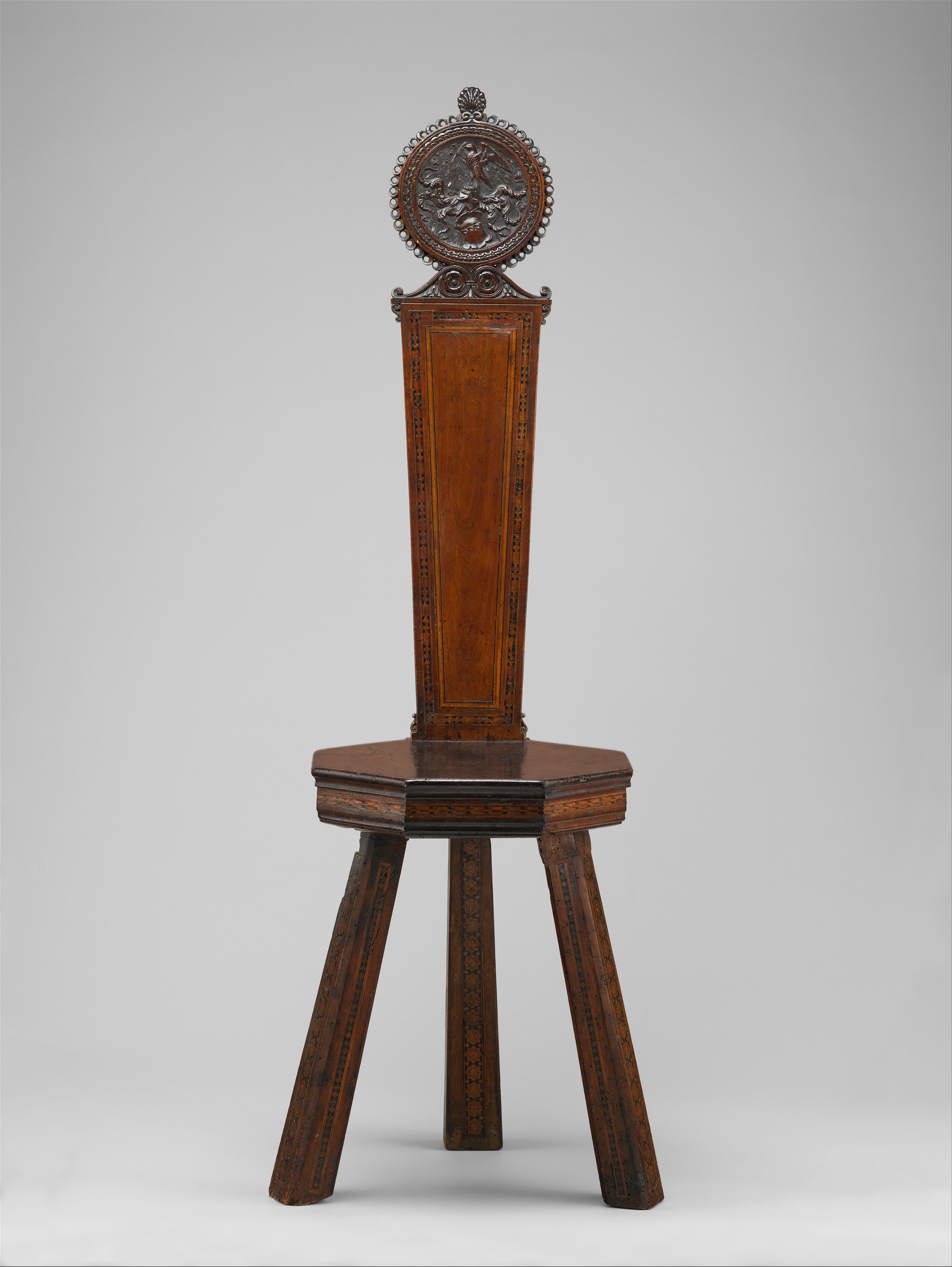 One of the finest achievements of the Italian Renaissance was the Italian Renaissance palace(palazzo). This building had three divisions with compound windows and a heavy project cornice. The central courtyard was like the roman domus, there was no hallways, and there were people living on the second and third floors. The walls were pierced with niches and the living space was similar to the r
One of the finest achievements of the Italian Renaissance was the Italian Renaissance palace(palazzo). This building had three divisions with compound windows and a heavy project cornice. The central courtyard was like the roman domus, there was no hallways, and there were people living on the second and third floors. The walls were pierced with niches and the living space was similar to the r
oman "insula." The ground floor had repair shops, summer apartments, kitchens, bathrooms, and storage. There was also a grand staircase to the piano mobile which was on the second floor of the main living area.
Two other magnificent buildings during the Italian Renaissance were the palazzo farnese and the palazzo davanzati. The interiors of the palazzo davanzati consisted of frescos, tapestries, and fireplaces all centered around the interior courtyard. The palazzo farnese was completed by Michelangelo and it look like a massive rectangular block that included a courtyard, ground floor, second story, and third story.


Another amazing building during this time was the Villa Rotonda designed by Andrea Palladio. Each side has a classical temple front including: stairs, six columns, entablature and pediment. The rooms were arranged symmetrically around the dome.


Leonardo Da Vinci was the most diversely gifted person of all time. His most well known pieces of art were the last supper and the Mona lisa.



This chair was called the sgabello(stool with a back). It had a small octagonal or rectangular seat supported but here legs. It was primarily for dining and all purpose style.
Another chair during this time was known as the Dante chair. It had an x in the front and in the back was separated by floor stretchers and arms. The back and seat are made of leather with a loose fringed and tasseled cushion.


Cassapanca
Here are some current applications of interiors


Below is a video on the famous Leonardo Da Vinci:
https://www.youtube.com/watch?v=PwOlIGGDVjE
No comments:
Post a Comment